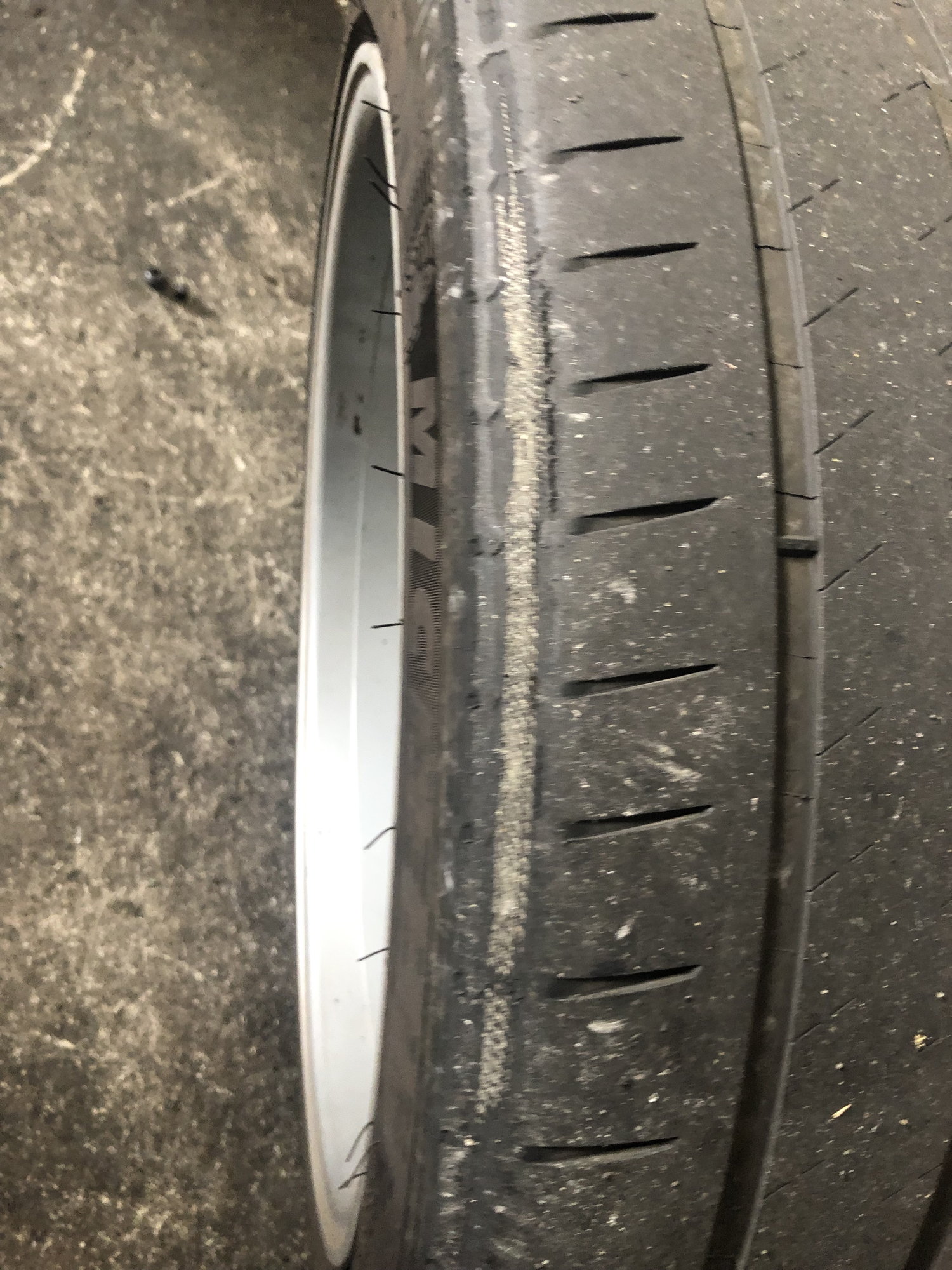

- #Excessive negative camber install
- #Excessive negative camber drivers
- #Excessive negative camber Patch
You can buy a suit off the rack, close to your size, then have it altered by a tailor for a perfect fit. With that said, there are some baseline specifications that us mere mortals can use as a benchmark.

In competitive levels of Motorsports, things become much more technical, and variables like track location and course layout will heavily impact how engineers set up the suspension and alignment to be most competitive for that particular event. All of those variables will cause your desired camber specs to differ greatly. Performance driving enthusiasts come to the table with different tire compounds, suspension types, driving styles and overall goals for their car. Consulting experts like a driving coach, the elderly gentleman with the crazy fast Miata at your local track, or an APEX product specialist is a great starting point. Simply asking how much camber is right for you is like asking a tailor to size you for a suit using a pixelated photograph. All of this ultimately contributes to the driver’s ability to maintain higher levels of speed throughout the road course. Now, as the car dives into a corner with the appropriate amount of static negative camber, the outside tires will come close to zeroing out- ideally maintaining low levels of negative camber maximizing the contact patch. Notably, the MacPherson strut does not gain much negative camber upon compression, therefore we must dial in static negative camber or camber dialed in on a flat surface while the car is stationary, to counteract the heavy forces endured during cornering. It is important to note that various suspension designs will operate and react differently under compression, but to keep things concise, this article focuses on the relationship between camber and the common MacPherson strut design found on most road going vehicles today. In other words, the outer tires roll over to the shoulders reducing the contact patch, and this results in less grip. As a car is thrown viscously into a corner, it experiences lateral G’s which results in the outer tires gaining positive camber. As enthusiasts, we enjoy pushing our cars to their limits, and whether you enjoy spirited driving through back canyon roads or you are fighting for position in a competitive race environment, the car must maintain superior levels of grip throughout the corners as well.
#Excessive negative camber Patch
As a tire makes contact with the road surface, it creates a contact patch which is where grip is generated, and a car setup from the factory will generate its largest contact patch while driving in a straight line.
#Excessive negative camber drivers
For your average daily drivers out there commuting to work, dropping kids off at soccer practice, or making trips to the grocery store, neutral alignment settings with minimal camber lends itself to tire longevity and promotes overall stability and predictability for the driver. It’s with good reason your Grandma’s Buick comes from the factory with very neutral alignment settings encompassing very little camber. As the photo below depicts, a car has zero negative camber when the tire sits perpendicular with the road, negative camber when the tire leans in towards the centerline of the vehicle, and positive camber when the tire is tilted away from the centerline of the vehicle. There are other factors at play when discussing proper chassis setup like toe and caster, however this article will focus on the specifics of camber. It is true that aggressive amounts of negative camber can help you stuff those new, wider rollers under your car, but it happens to serve a greater purpose, one that is foundational in the world of Motorsports tire bite. We have the pleasure of holding lengthy discussions with our clients in regards to wheel and tire fitment, track preparation and all things related to squeezing the most out of their machine, and we often discover through these interactions that enthusiasts new to the sport carry a sour connotation with negative camber, and a general misunderstanding of the role it plays in the world of performance driving.
#Excessive negative camber install
Now, many enthusiasts are under the impression that negative camber is just a way to install ridiculously wide wheel and stretched tire fitments under their fenders – a way to get “hellaflush” status and Instagram fame. Camber (kambər) – The angle of a tire relative to the driving surface. To understand this relationship, we should first define what camber really is.

Let’s demystify the sorcery behind the relationship between performance driving and camber.


 0 kommentar(er)
0 kommentar(er)
